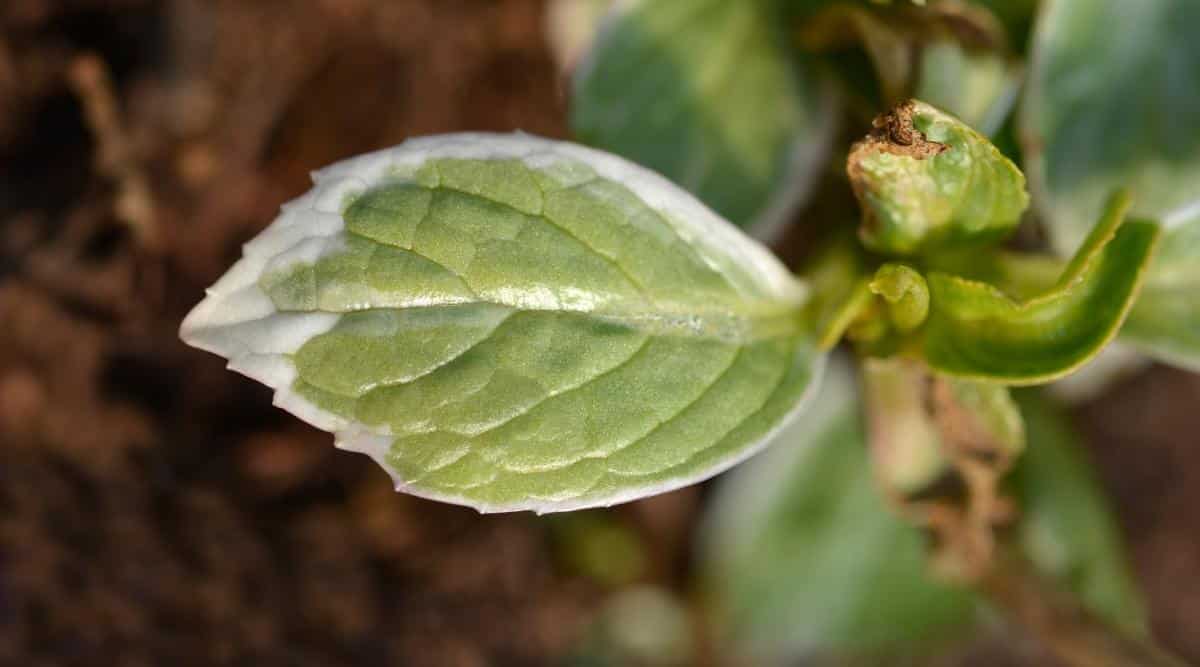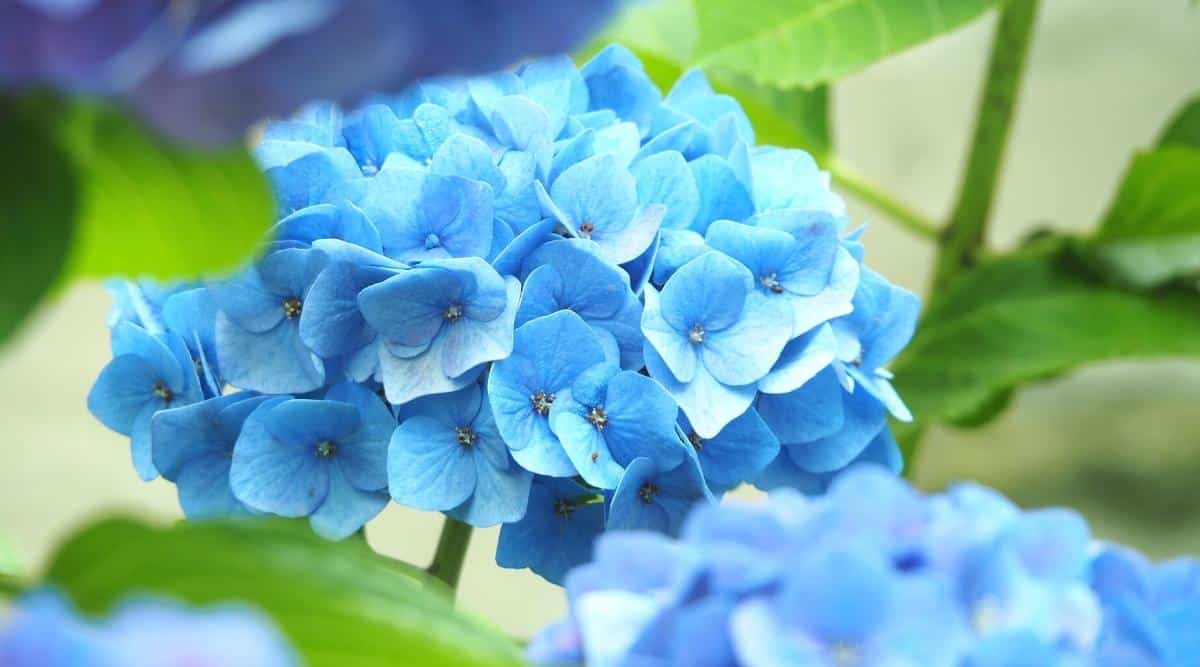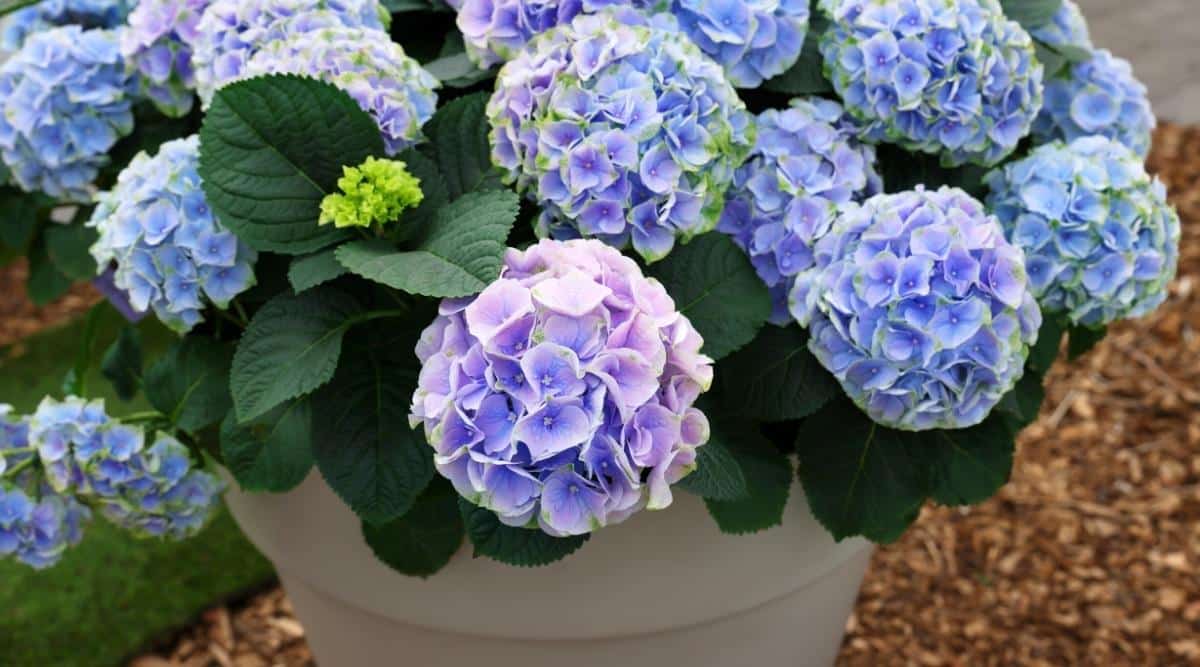Shrubs
Hydrangeas are one of the most unwashed garden shrubs . Within their species , Hydrangea Macrophylla is one of the most democratic type that gardeners determine to plant . In this article , gardening expert and hydrangea partisan Jill Drago walks through everything you involve to know about this character of hydrangea and their aid .
Contents

Hydrangea macrophylla isthe type of hydrangeathat most gardeners will end up set at some stage in their life . When you close your eyes and imagine a dreamy seaside bungalow , what do you see ? For me it is billow of blue and white fluffy hydrangea planted along fences , around patio or stuffed into container .
Also bang as bigleaf hydrangeas , they bloom in a wide variety of different colored flowers . These flowers can be white or they can range from blue to purpurate to red . But they are unique in that their blooms can also shift colour based on the food in the soil .
Are you thinking of total more bigleaf hydrangeas to your garden ? Or maybe this is your first time growing this type of hydrangea , orgrowing hydrangeasat all ? Either way , watch over along as we dig into all there is to experience aboutHydrangea macrophylla .

About Bigleaf Hydrangeas
Hydrangea macrophyllais also known as the bigleaf hydrangea or the french hydrangea . This coinage is quite possibly the most popular , due to the juicy heyday that it can produce . They typicallydo not turn too large , and they are easy to add to your landscape painting . With a mounded shape you could easy cloud these throughout a foundation garden or apply them as a hedge .
They can grow two types of flowers : either mophead or lacecap . The mophead are your classical hydrangea flower which are orb - shaped and bear flower that could be white , pink , over-embellished , blood-red , or blue . Thelacecap flowersare equally as beautiful . They are made up of uninspired flower that surround less decorative fertile blossom , give way the bush a lacey visual aspect .
They aresensitive to the pH of your soil , which mean you could toy with the color of the flowers . More on that afterward .

Why Plant Them?
Hydrangea macrophylla , can make an refined addition to your shady spaces . There are not too many plants that produce such big and showy flowers with such little sunlight . The foliage is a racy William Green that accents everything around it , but most importantly is a perfect backcloth for its flowers .
These shrub arerelatively low maintenanceand do not often require trim . If you opt to deadhead the bloom you’re able to apply them in beautiful smart arrangements or save them and dry them for afterwards .
Propagation
Bigleaf hydrangea are veryeasy to propagatefrom home . you could take cutting off off of a radical with a few foliage on it . Dip the cutting into rooting hormoneand place the clipping into some growing textile
you could also drudge layer around them . Layering read place right in your garden and does not require much in term of supplies . Choose a branch that is close to the land , and scrape the airfoil of the branch off to peril fresh plant life tissues . prod a hole a few inches deep , and lay the offset in the hole . Cover the hole with soil , and point a brick or stone from your garden on top .
Whichever method of propagation you prefer you will just need to be patient and hold off for yourcuttings to produce root . Once this has find , and the weather condition is ready for plant you’re able to go onward and cut the unexampled plant from the mother plant or transfer your take root cuttings .
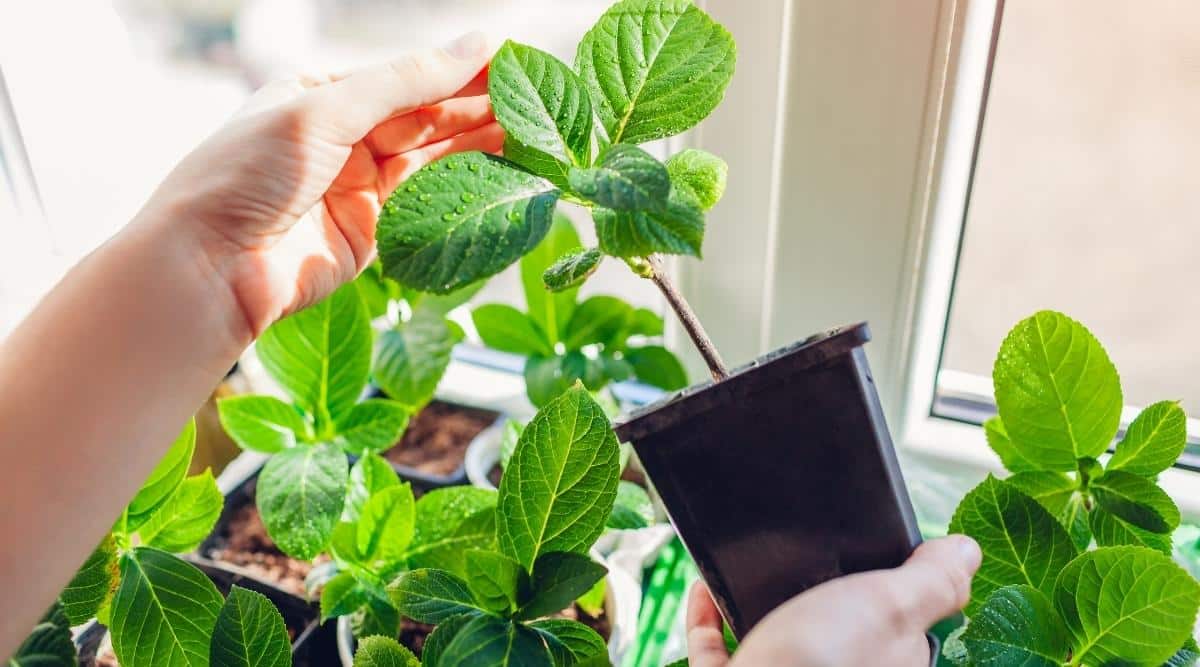
Planting
First , you ’ll need to find the stark planting location . wait for an field in your garden that has right well - draining grunge and islocated in partial sun .
This spot should also be large enough for the full size of it of the works . They may be small now , but planting a large shrub in a loaded spot will only cause a headache for you down the route .
weewee while it is still in the pot , and get labour . This hole should be about doubly as broad and as deep as the deal . The destination here is to verify that the industrial plant has enough wiggle way to spread out its roots and establish itself . Backfill your plant life with your garden land , and give it a good watering , and continue to check the wet stage until the flora is established .
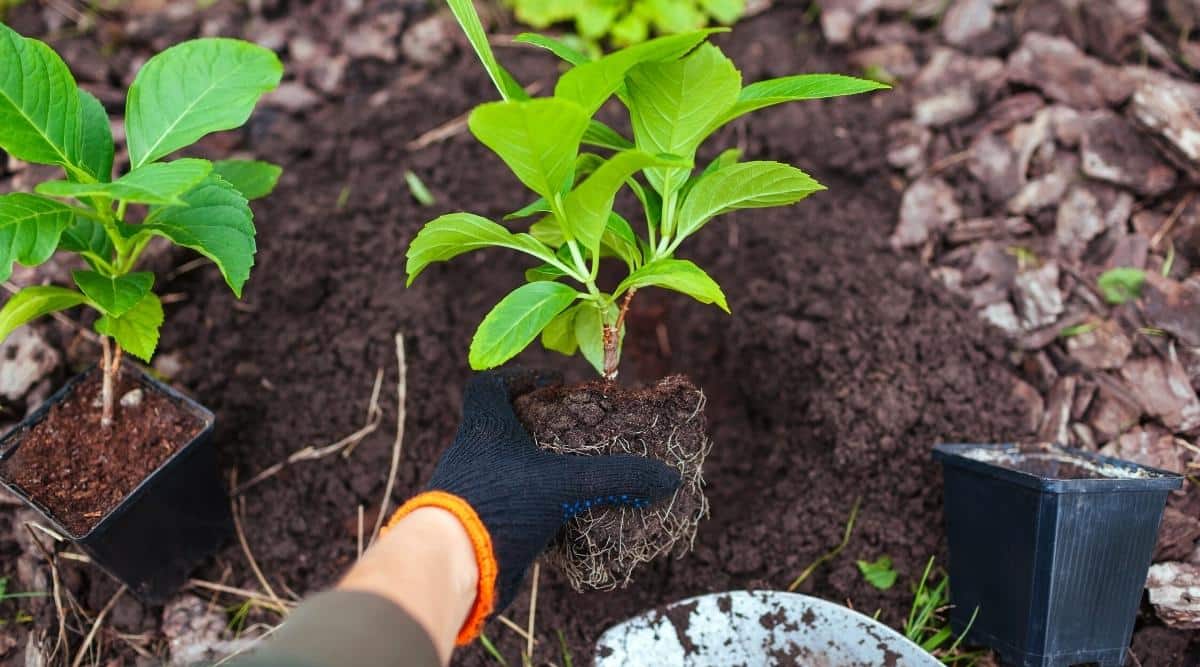
How to Grow
If you are design to grow bigleaf hydrangea , it ’s important to ensure you meet each of their arise requirements . There are several factors to consider that will influence their growth , including sunshine , water , climate , ground , fertilization and more . Let ’s look a short deeper at each pauperism .
Light
Bigleaf hydrangeas thrive when they areplanted in partial shade . They can take up to 4 - 6 hours of sunlight . Morning sunlight is recommend , as good afternoon Lord’s Day can damage the plant when temperature start hot up up .
When they get too much sun , you ’ll the hazard oftheir leaves drying out and grow brownness . If they get too much shade you will belike have modest flower and leggy branches as they will be reach for any sunlight that may be nearby .
Water
Bigleaf hydrangea requireabout one in of water system per calendar week . Always H2O at the base of the flora to forbid any fungal infections on the leaf .
In the heat of the summer keep your eyes on the leaves . If they are wilting down towards the primer , they probably take to be watered . If you haveplanted your hydrangeas in containers , you will probably need to water your plants more frequently than you involve to water those that are planted in the ground .
Soil
This mintage is well-chosen when grow in well enfeeble soil that has the ability to be kept moist , but not too wet . If your soil is too arenaceous , or too slow and does not hold the right amount of moisture , you canamend your filth with compost .
The addition of compost will change the social organization of your soil , as well as add helpful nutrients . you could desegregate compost into your garden soil as you implant , or you could supply it to the surface of the land in the same way you would lend mulch to your garden . This is a slower way to change your soil social organisation , but it does work .
Climate and Temperature
Bigleaf hydrangeas are hardy inzones 3 - 7 . you could acquire them in warm mood , you just need to take special aid that you plant them in the shade so they do not lose too much water and begin to struggle .
Due to the size of it of these folio , it is well-to-do for jazz to wick the piddle right out of the surface of the plant . KeepingHydrangeamacrophyllain the shade and protected from the wind is the best mode for your shrub to thrive in warmer climate .
Fertilizer
Hydrangeas do n’t need fertilized often . However they can benefit from aspring and fall fecundation . If you canfind a hydrangea specific fertiliser , oracid - loving flora fertilizer , that would be just , but a basic all purpose fertilizer would work well .
Whether you decide to fertilise or not , is up to you and your territory . If you do prefer to provide a fall fertilizer , be sure to apply it before the closing of September . If you feed them too late it will promote new emergence , and that novel ontogenesis could be susceptible to freeze damage .
Adjusting Their Color
One of the most fun component part about owning bigleaf hydrangea is that you may change the coloring of your flowers byamending the pH of your soil .
If you have acidic soil,5.5 or below , your works will producebluer flowersbecause your ground will admit the plant life to absorb more aluminum . If your soil is sweeter , 6.5 or above , they will have more pink bloom . Not sure what pH your filth is ? Then it ’s time to get a soil test or a pH test before add together anything into your filth .
If you are depend to acidify your soil you could look for aluminium sulfate at your garden center , and apply in April and May . For soil sweetening , just add some garden lime . Apply the garden slaked lime in April and again in October .

If the diverseness you ’ve chosen is meant to have a bun in the oven white bloom , the flower will always be snowy no matter what your filth pH is .
Maintenance
As far as daylight - to - day or even season - to - season maintenance go bigleaf hydrangeas do n’t need too much . Keeping your garden free of weeds and other fallen plant debris is a great way to prevent diseases and louse infestation .
As the beautiful blooms begin to fade you mayopt to deadhead the blossoms . Unlike annuals , this will not promote more blossoms in the same season but it will neaten up your plant . You could select to lead the dried bloom on your shrub for added wintertime interest , or you may opt to let them dry on your works and use them in your indoor placement .
Pruning
Bigleaf hydrangea do notneed to be prunedfrequently due to their nice size and shape . But every plant needs to be pruned every now and again . They grow flower blooms on old wood . Even the unexampled reblooming varieties will havesomebuds that mold on older wood .
What does this mean ? Shortlyafter they finish bloomingthey will start to bring on new efflorescence buds for the next yr . If you prune too late you will chop up those buds right off and you will end up with very few or no flowers .
In fall when they have terminate blooming begin by cut back off the dried and spent flower . This will avail you get a undecomposed look at the overall shape of the shrub . only trim at the groundwork of the flower . Save those flowers if you think you might want to expose them indoors .

Now you’re able to begin by take any fifth wheel stems . These stem may be vacuous , but will in general just be old looking at and oftentimes are well-situated to remove by hand . I would only take two or three of these out a year . Removing the dead woodincreases flow of air and creates space for new maturation .
Before you begin the pruning process check up on the bow to make certain there are not any bud organize . Once you have made sure you are in the clear , you may begin to cut the branches . Do n’t cut more than one third of the branches to check that the plant does not go into shock .
Popular Varieties
There are a number of dissimilar bigleaf hydrangea diversity that are quire popular . No matter if you are looking for a potpourri that flower in blue or pink , there ’s a bigleaf diversity you’re able to plant in your garden . lease ’s take a deep look at some of the most popular variety you ’ll detect .
This is a really stunning puritanical option for you . The flowers are blue in acidic soil , and more purple / pinko in alkaline soil . Let ’s focus on the blue for now . The flower are almost periwinkle gentle with a white center .
The stems are a blood-red disgraceful and they accent the flowers beautifully . ‘ Blue enchantress ’ will grow from3 - 5 feet tall . The bloom will get on to a creamy greens . Plant this miscellanea together in a mass as a hedging or border planting .
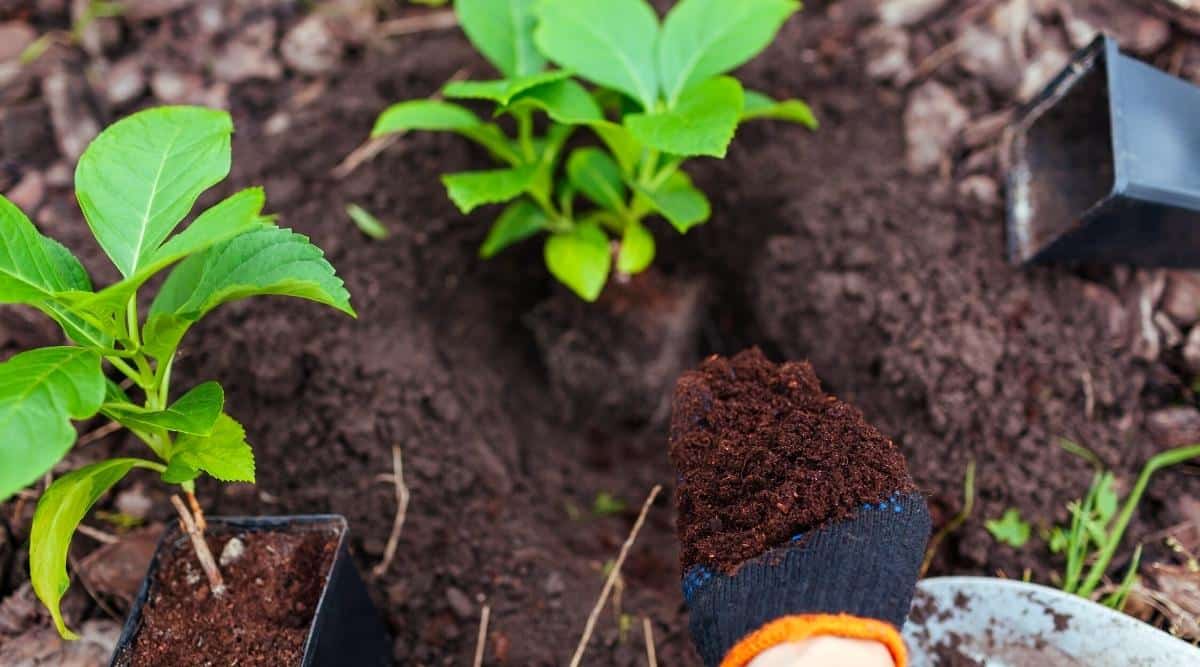
‘ Light o day ’ is a beautiful lacecap bigleaf hydrangea with a playfulness surprise . Its leaves are beautifully vary with acreamy white sharpness . The fertile blossom in the heart of the peak will be a brighter shade of the unimaginative declamatory flower that constitute a ring around them . These colors could range from blue to a mauve pink .
The compounding of the lighter sterile flowers with the white diversification really makes for a beautiful , elegant works . ‘ Light o twenty-four hour period ’ could be used as a specimen shrub in a special place in your garden , or flock together to create a strong impact .
If you are looking for a smaller variety of big leaf hydrangea , give ‘ mini cent ’ a attempt . This is a midget translation of the well loved ‘ Penny Mac ’ . Maxing out at 3 base , this is a beautifulhydrangea variety that has large patrician flowersthat can reach up to 6 column inch across .

This variety willrebloom throughout the season . Tuck this flyspeck beauty into your perennial gardens , or into your container gardens .
This is a beautiful lacecap variety . Growing from3 - 6 foot in height‘tokyo delight ’ has creamy snowy blossom that will take on a little tinge of pinkish or naughty as they age . The color of your flowers will depend on your filth pH.
‘ Tokyo Delight ’ is tough , and will yield year after year with its beautiful flowers . Cluster them together within a shade mete or along a terrace and enjoy these pretty flowers all time of year long .
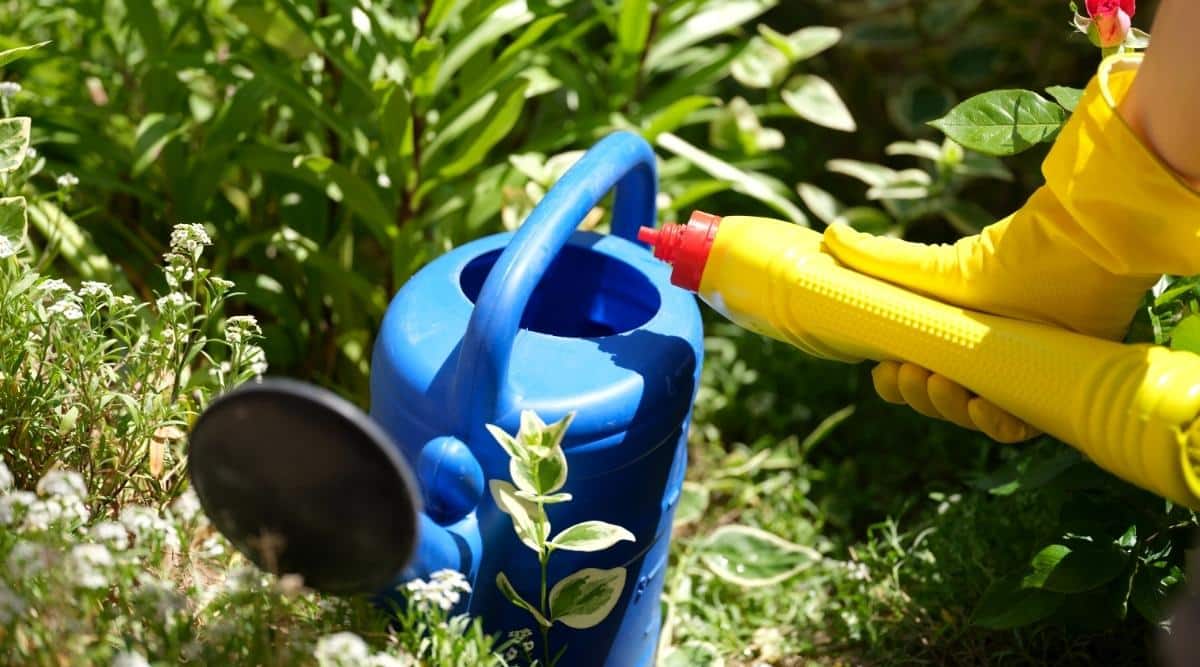
Pests
You typically will not havetoo many result with pestson your bigleaf hydrangeas , they are pretty resilient and tough plants . However , they can be impacted by your typical garden pestis such asaphidsandbeetles , and sometimes deer or rabbit .
you’re able to spray aphids off of your shrub with the water system from your hosiery , while japanese beetle can be knocked into a bucket replete with soapy water with your hired hand . If you prefer to use another method you could try an insecticidal soap which is uncommitted at your local garden centers . Be sure to read the label instructions !
Diseases
hydrangea as a whole do nothave much trouble with diseases . However , the fact that they love shade and ask a good amount of water ups their chances of having to cope with fungal diseases . This could be anything from leaf office , topowdery mildewto root rot .
The unspoiled way to keep these distasteful disease out of your garden is to keep it clean . Leaves that could have been infected and left to lay in your garden will extend to spread the disease . lacrimation at the base will also help to keep the leave dry and create a less than ideal home for fungal spores .
Common Uses
Bigleaf hydrangeas make a lovely addition to your garden . These blossoming looker can be used in containers either on their own or with a mixture of summertime annual . Try disperse themthroughout your perennialor foundation gardens . Or plant in a mass to create a hedge or to border a terrace or a walk .
Frequently Asked Questions
There truly are only a few matter that could be preventing their beautiful blooms . Your pruning practices is the first exit . If you have get into the habit of pruning at the right time , this could eliminate your flower for the season . Do n’t worry though , if you hold off and prune alone in the dusk the efflorescence will return next class .
If you are pruning in the fall , or not lop at all , the next thing I would suggest face into is your fertilizer . All bloom plants but especially bigleaf hydrangeas necessitate phosphorus to bloom . If you have been using a stock 10 - 10 - 10 or another high nitrogen fertilizer it could be interfering with your plants power to make flowers .
Another reason for losing your bloom could be wintertime damage . In zones 5 , and even zone that are a little warmer , it is mutual for wintertime winds and Robert Frost to be too cold-blooded forHydrangea macrophylla . If you live in a cooler arena , planting in an area that is protected from idle words is a good blank space to take up . If you think they could be prone to winter terms , wrap them exquisitely with burlap . seek to avoid too much tangency between the burlap and the buds , as this can break the buds .
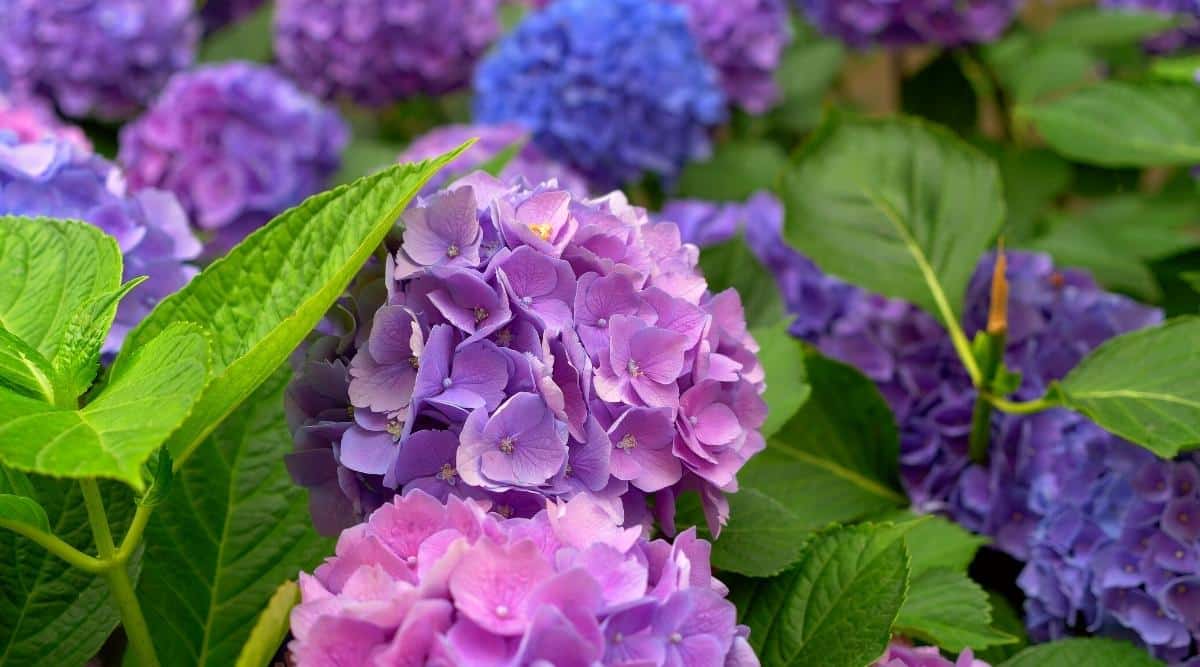
replete your garden with bigleaf hydrangeas alone would be lovely , but why not add some more perennial into the mix . The number one matter to keep in judgement is making indisputable that whatever plants you sum to the garden also love the same turn conditions .
strain adding in astilbe , ferns , genus Heuchera , dear capitulum , or perennial geranium into your hydrangea garden . These perennials all flourish in partial shade , and will do well regardless of the pH of your soil .
If the flowers are a different color than you expect you believably involve to work on the pH of your soil . The good manner to find out what your stain pH is , is by experience a soil test done or by using a pH admonisher . pH monitors are crying , and allow for you to get to work aright aside . grunge tests are much more in depth and will give you all of the information about your territory and its alimentary level .

If your flowers are more pink than you anticipated your soil is likely too angelical , mean that the pH of your grunge is 6.5 or above . Soils with high pH do not have as much Al in them , which is what they require to produce blue peak . This can be castigate by adding aluminum sulfate , which is available at garden centers , or other blue products to your soil . Be sure to follow the computer software pedagogy to check that they are get the correct amount .
Final Thoughts
With so many options when it comes to hydrangeas it can be difficult to make a alternative . Bigleaf hydrangeas have so much to tender . The power to commute the color of your flowers is amazing , but even aside from that nifty illusion the sizing and Supreme Headquarters Allied Powers Europe of the bush really lends itself to any case of garden design . Truly , it is hard to beat the flowers that Hydrangea macrophylla bring forth . They are great and luscious and will be the envy of every neighbour .


